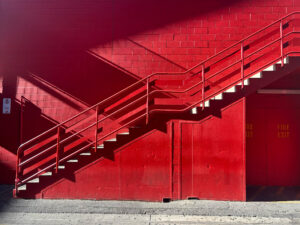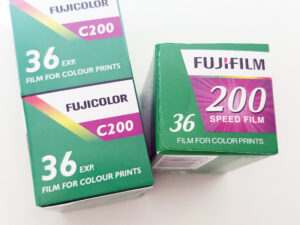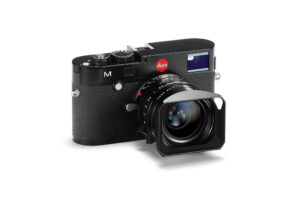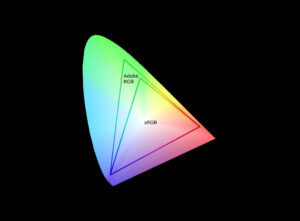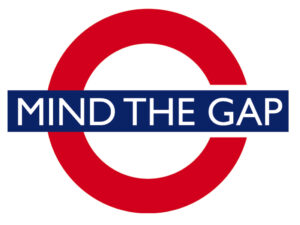In today’s tech-saturated world, every new camera release seems to promise more: more megapixels, more buttons, more AI features, and more modes. From face detection and animal tracking to 8K video and custom shooting banks, modern cameras have evolved into computers with lenses. Yet, in the midst of this frenzy for innovation, one brand continues to stand out by doing the exact opposite: Leica.
I’ve been a Leica fanboy for 10 years. Leica cameras, particularly the M-series and Q-series, are celebrated for their simplicity. At first glance, their lack of features might seem limiting, even antiquated. But spend time with a Leica, and you’ll quickly realise that its stripped-back design is not a flaw; it’s a philosophy. It’s a deliberate commitment to minimalism, and in many ways, it’s Leica’s greatest strength.
This is the video that sold me on the Leica system.
The Leica Philosophy: Minimalism with Intent
Leica’s approach to design is based on a concept where every element must serve a purpose. Nothing is included for show. There is no clutter of buttons, no rotating mode dials to flip through dozens of settings. Even today, many of Leica’s rangefinders don’t feature autofocus or program modes. Instead, they ask the photographer to do what photographers once always did: think.

This philosophy does more than remove distractions—it re-centres the photographer’s mind. It places creative control firmly back in your hands. You are the one choosing the moment, the light, the composition, the aperture, and the focus point. A Leica doesn’t make decisions for you—it lets you be the one in charge. And in doing so, it encourages a kind of mindfulness and intentionality that’s increasingly rare in modern photography.
Modern Camera Fatigue: A Case of Cognitive Overload
Using many modern cameras today feels like operating the cockpit of a jet. Autofocus systems boast hundreds of tracking points. Menus span across dozens of tabs, each with sub-options and user banks. Features are endlessly layered, from animal-eye detection to dual ISO fusion and beyond. While these capabilities are impressive on paper, they often take photographers out of the moment. The camera becomes the focus—not the subject.
Leica, by contrast, reduces the cognitive load. When you pick up a Leica M, you’re met with a few core controls: a shutter speed dial, an aperture ring on the lens, and a manual focus mechanism. The viewfinder shows a simple rangefinder patch, not a live preview. This may feel rudimentary at first, but it’s refreshingly pure. You aren’t buried in options; you’re present. You notice light, shadow, composition—and most importantly, emotion. There’s no filter of automation between you and the story you’re capturing.
Simplicity Does Not Mean Lack of Innovation
Despite its minimalist design, Leica is far from outdated. In fact, the company has found a way to integrate cutting-edge technology in a manner that enhances photography without overwhelming it.
Take the Leica M11, for instance. It features a state-of-the-art sensor that allows you to shoot at three different resolutions—60MP, 36MP, or 18MP—giving you flexibility without adding menu clutter. The Q3 includes USB-C charging, wireless image transfer, and even direct-to-cloud storage. But these innovations are subtle. They operate in the background. You’re never distracted by them; instead, they work quietly to improve the experience, not dominate it.
This restrained approach to technology is one of Leica’s greatest differentiators. It’s not about rejecting modern advances—it’s about integrating them in a way that maintains focus on the photography itself.
How Simplicity Shifts Your Focus
One of the most profound changes that happens when you use a Leica is how it alters your mental approach to photography. With no automatic exposure modes or autofocus to rely on, you begin to observe more carefully. You assess your surroundings, judge light more intuitively, and develop a stronger understanding of depth and distance.
You stop worrying about whether your subject is being tracked, whether you’re in the right zone, or whether your camera has selected the best white balance. Instead, you start thinking about timing, framing, and feeling. Photography becomes less of a technological performance and more of an artistic process. It’s a return to what truly matters: telling a story through your eyes.
Why This Matters in 2025
In today’s era of AI-powered image generation, computational photography, and social media filters, authenticity in photography is becoming harder to find. Many images are technically perfect but emotionally hollow. Leica cuts through this trend with tools that require patience, understanding, and vision.
While most cameras on the market today are designed to make photography easier, Leica cameras make it more meaningful. And that distinction matters. It cultivates skill, not shortcuts. It develops your eye, not just your reaction time. In a time where the camera can “do it all,” Leica’s philosophy reminds us that maybe it shouldn’t.
Who Leica Is (and Isn’t) For
It’s important to note that Leica isn’t for everyone—and that’s perfectly fine. Photographers who shoot sports, wildlife, or video-heavy content might find Leica’s manual focus and minimalist design limiting. Those who require fast autofocus, advanced burst rates, or versatile video features may gravitate toward Canon, Sony, or Nikon.
But for those who shoot street photography, documentary work, travel, fine art, or even family moments—any situation where storytelling, subtlety, and control matter—Leica is unmatched.
Owning a Leica is less about having the best specs and more about choosing the experience you want behind the lens.
The Experience of Owning a Leica
There is something special about holding a Leica camera. From the precision-machined metal body to the tactile clicks of the aperture and shutter dials, every detail exudes craftsmanship. It feels less like a piece of consumer tech and more like a precision tool built to last for generations.
The sound of the shutter is satisfying in a way that can’t be explained—only felt. The manual focus mechanism becomes second nature. You become part of a lineage of storytellers, from Henri Cartier-Bresson to Sebastiao Salgado.
With a Leica in hand, you feel connected to photography in its purest form.
Final Thoughts: Less Really Is More
In a world that glorifies excess—more megapixels, more automation, more complexity—Leica dares to offer less. But that “less” is incredibly powerful. It frees your mind. It sharpens your vision. It restores creativity to the photographer.
Leica’s simplicity is not a compromise. It’s a feature. And in an age when most cameras are overcomplicated and oversold, that might just be what makes Leica more relevant than ever.




